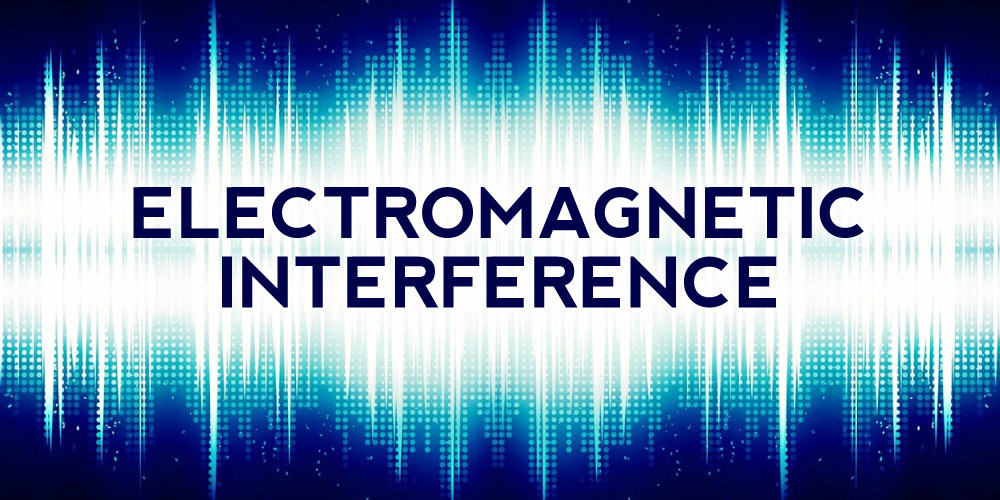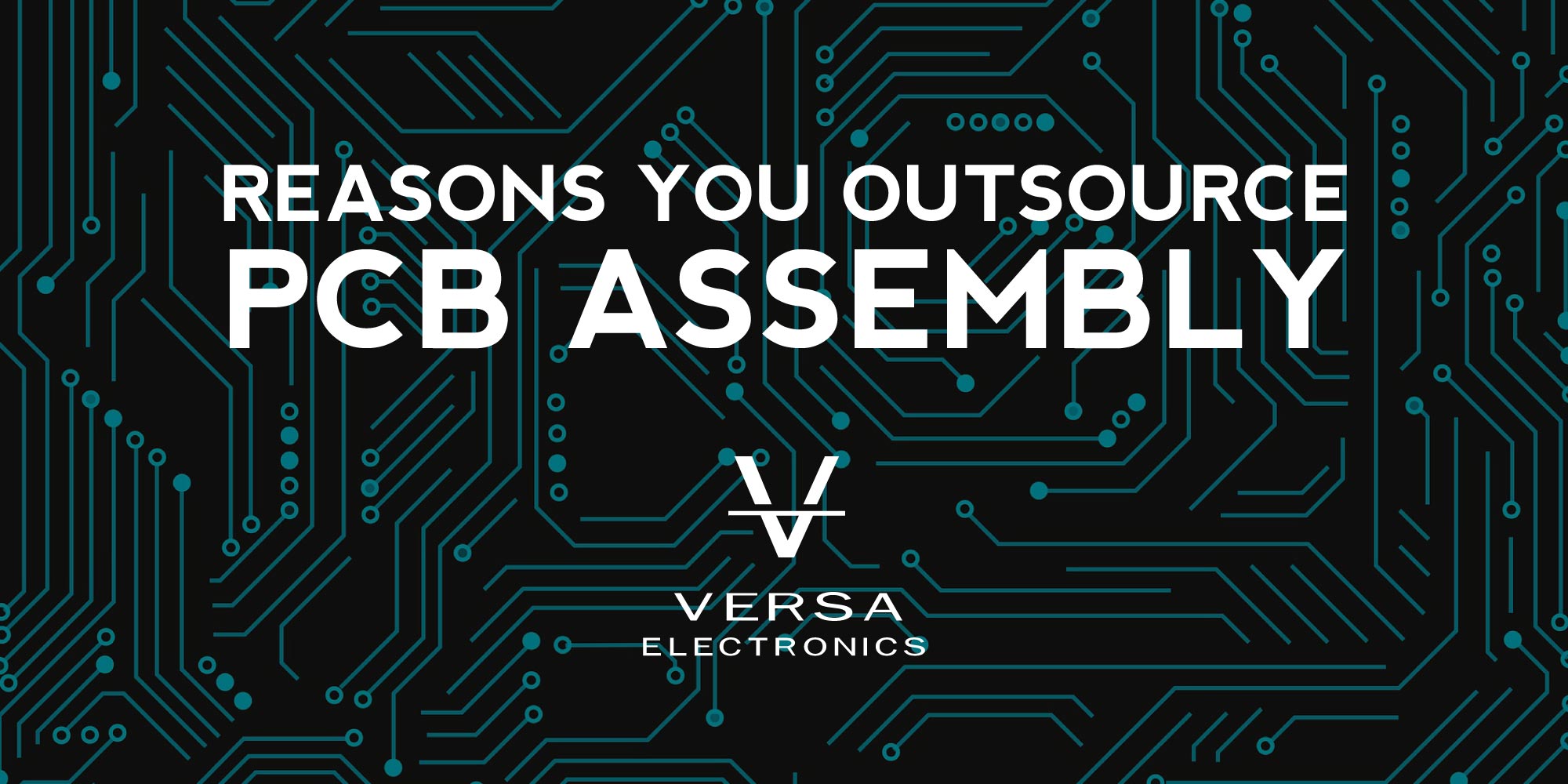Since its inception in 1979, Versa Electronics has been at the forefront of electronic manufacturing, providing engineering services, raw material expertise, contract manufacturing, and a breadth of solutions tailored to Original Equipment Manufacturers (OEMs). One persistent challenge in this journey has been managing Electromagnetic Interference (EMI), a complex phenomenon that affects the performance and reliability of electronic devices. This article delves into the intricacies of EMI, leveraging Versa Electronics’ extensive experience to guide OEMs through the challenges and strategies associated with minimizing EMI’s impact on devices. As a trusted partner in the OEM sector, Versa Electronics embodies a commitment to quality, reliability, and innovation, which are vital in addressing the multifaceted issues posed by EMI.
Table of Contents
- Introduction
- What is Electromagnetic Interference (EMI)?
- Sources of EMI
- Effects of EMI on Electronic Devices
- Types of EMI
- Electromagnetic Compatibility (EMC)
- Mitigating EMI: Strategies and Solutions
- The Role of the Federal Communications Commission (FCC)
- Navigating Electromagnetic Interference
What is Electromagnetic Interference (EMI)?
Electromagnetic Interference, commonly referred to as EMI, is a disturbance generated by an external source that affects an electrical circuit by electromagnetic induction, electrostatic coupling, or conduction. The disturbance may interrupt, obstruct, degrade, or limit the effective performance of the circuit. The term EMI is often used interchangeably with Radio Frequency Interference (RFI), especially in the United States. However, EMI is a broader term that encompasses interference in all frequencies, including the RF spectrum. Understanding and managing EMI is crucial for ensuring electronic devices function reliably in their intended environments, which is increasingly important in our technology-driven world.
Sources of EMI
Natural Sources
Natural sources of EMI, such as lightning, solar flares, and electrostatic discharges, present unpredictable and powerful electromagnetic fields that can affect electronic devices over vast distances. Lightning strikes, in particular, can induce transient electromagnetic fields capable of causing significant damage to electronic systems, especially those lacking adequate protection.
Human-Made Sources
In contrast, human-made sources of EMI include a wide range of electronic devices and systems, from simple household appliances to sophisticated industrial machinery. These sources generate electromagnetic fields as part of their normal operation, which can inadvertently interfere with nearby electronic devices. The proliferation of electronic devices in modern life has made managing human-made sources of EMI increasingly complex, necessitating sophisticated mitigation strategies.
Effects of EMI on Electronic Devices
The effects of EMI on electronic devices can range from minor annoyances, such as static on a radio, to serious operational failures in critical systems. In data-sensitive applications, EMI can lead to errors and loss of data, which can have far-reaching consequences. In the medical field, for example, interference can affect the performance of life-sustaining equipment, highlighting the importance of effective EMI management. Understanding the potential impacts of EMI is the first step in developing strategies to mitigate its effects, ensuring the reliability and safety of electronic devices.
Types of EMI
Common Mode
Common mode interference, one of the two primary types of EMI, occurs when the interference signal is common to both lines of a two-wire circuit and returns to the source through a ground reference. This type of interference is notoriously difficult to eliminate because it can bypass traditional filtering methods, often requiring specialized solutions.
Differential Mode
Differential mode interference, on the other hand, occurs when the interference signal is present between the two lines of a circuit and travels in opposite directions. This type of EMI is generally easier to manage than common mode interference, as it can be effectively filtered using conventional methods.
Electromagnetic Compatibility (EMC)
Achieving Electromagnetic Compatibility (EMC) is the process of designing electronic devices to operate without causing or falling victim to EMI. EMC encompasses both the prevention of emissions from electronic devices that could interfere with other devices and the design of devices to be immune to external sources of EMI. Achieving EMC is a complex task that requires a comprehensive understanding of EMI phenomena and the application of advanced design and testing methodologies.
Mitigating EMI: Strategies and Solutions
EMI Filters
EMI filters play a critical role in mitigating the effects of EMI on electronic devices. These filters are designed to suppress unwanted interference, allowing only the desired signals to pass through. EMI filters are employed in various configurations, targeting specific types of interference and frequency ranges, making them a versatile tool in the fight against EMI.
Design Considerations
Mitigating electromagnetic interference is essential for ensuring the reliable performance of electronic devices, particularly in environments where the presence of multiple electronic systems can lead to complex interference scenarios. One of the critical aspects of EMI mitigation involves thoughtful design considerations that can significantly reduce the susceptibility of electronic devices to electromagnetic noise.
1. PCB Layout Design
The layout of printed circuit boards (PCBs) plays a pivotal role in mitigating EMI. Careful planning of the PCB layout can minimize electromagnetic emissions and susceptibility. Key strategies include:
Minimizing Loop Area: Smaller loop areas reduce the loop inductance and, consequently, the magnetic field emissions. Designers aim to place components close together and use tight, compact routing of traces to achieve this.
Signal Routing: High-speed signals and data lines are major contributors to EMI. Routing these signals away from the edges of the PCB and using differential signaling when possible can help reduce emissions.
Grounding: A well-designed ground plane is crucial for EMI mitigation. It serves as a reference point for all signals and helps in distributing power efficiently. Splitting the ground plane should be avoided as it can create ground loops, which are significant sources of EMI.
2. Shielding
Shielding is a physical barrier made of conductive or magnetic materials that encloses electronic components or entire devices, preventing electromagnetic fields from entering or exiting. The effectiveness of shielding depends on the material used, the thickness of the shield, and the frequency of the electromagnetic waves. Implementing shielding can be in the form of metal cases, conductive foams, or coatings applied to device enclosures.
3. Grounding
Effective grounding practices are essential for EMI mitigation. Grounding not only provides a path for electrical safety but also for electromagnetic noise to return to the source without affecting other parts of the circuit. Strategies include:
Single-Point Grounding: For low-frequency applications, single-point grounding minimizes the potential for ground loops by connecting all ground points to a single physical point.
Multi-Point Grounding: In high-frequency applications, multi-point grounding is often more effective due to the skin effect, which causes currents to flow on the surface of conductors.
4. Filtering
Filters are used to suppress unwanted electromagnetic noise from both entering and exiting a device. EMI filters can be applied at power supply inputs, data lines, and other interfaces that might be susceptible to or sources of interference. The selection of appropriate filter components, such as capacitors and inductors, is crucial and depends on the specific frequencies of interest.
5. Use of Decoupling and Bypass Capacitors
Decoupling capacitors are used to isolate different parts of a circuit from each other, ensuring that high-frequency noise does not propagate throughout the system. Bypass capacitors, on the other hand, provide a low impedance path to ground for high-frequency noise, effectively filtering it from the power supply lines. These capacitors are placed as close as possible to the power pins of integrated circuits (ICs) to be most effective.
6. Component Selection and Placement
Selecting components that have low electromagnetic emissions and placing them strategically can minimize EMI. For instance, placing high-speed components closer to their power sources with direct grounding paths can reduce emissions. Additionally, the orientation and proximity of components to one another should be considered to avoid coupling of electromagnetic fields between them.
The Role of the Federal Communications Commission (FCC)
The Federal Communications Commission (FCC) plays a pivotal role in regulating EMI by establishing standards limiting electromagnetic emissions from electronic devices. Compliance with FCC regulations is not optional; it is a legal requirement for electronic devices sold in the United States. These regulations ensure that electronic devices do not interfere with radio, television, and telecommunications services, maintaining the integrity of the electromagnetic environment.
Navigating Electromagnetic Interference
Electromagnetic Interference is a significant challenge in the design and operation of electronic devices. Through a deep understanding of EMI sources, effects, and mitigation strategies, OEMs can navigate these challenges, ensuring the delivery of high-quality, reliable products. The principles of expertise, experience, authority, and trustworthiness are more than just ideals; they are the foundation upon which Versa Electronics builds its solutions.





